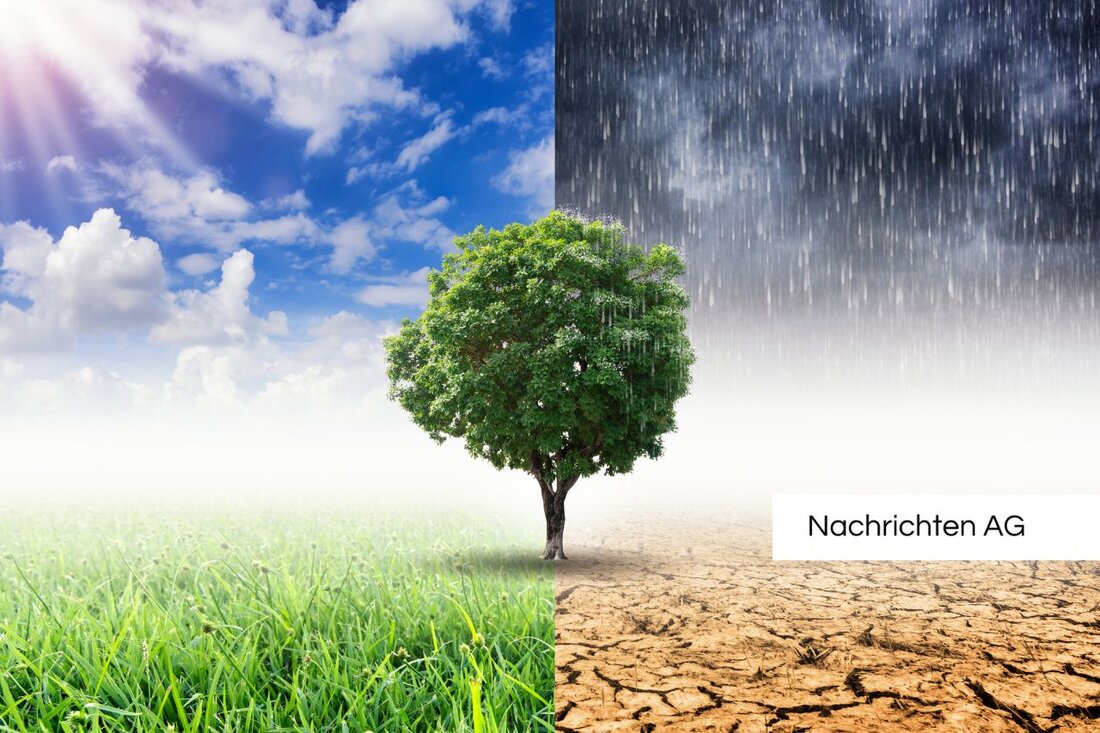Hitzestress in Baden-Württemberg: Red alarm level for cities!

Hitzestress in Baden-Württemberg: Red alarm level for cities!
In times of climate change, the heat in our cities is becoming more and more a problem. The current Hitze-Check 2025 of the German Environmental Aid (DUH) shows that no city in Baden-Württemberg can take a positive balance. Aalen and Schwäbisch Gmünd are therefore mediocre, but the heat load should not be underestimated. According to schwaebische-post.de a third of the Aalen population lives in highly stressed zones, while in Schwäbisch a fifth fight.
Cities such as Mannheim, Ludwigsburg and Heilbronn are particularly affected, some of which live over 80% of the population in heavily overheated quarter. The DUH warns: Over 12 million people in Germany are exposed to extreme heat load. An alarm ring that also shows that the temperatures have reached the highest since the beginning of the weather records.the heat flow index
The heat flow index (HBI), which was used for the analysis, measures the seal, the stock of green areas as well as the surface temperatures and the population density. According to the examination, almost 190 cities with more than 50,000 inhabitants are checked in Germany. In Aalen, the HBI value is in the gray area, which is a challenge for future urban development. Finally, an HBI value over 16.16 signals an above-average heat load. Urban planning must actively counteract here by relying on the creation of more green areas and reducing sealed areas.
According to the experts, seniors, toddlers and chronically ill, as well as people who work outdoors are particularly at risk. This makes the need to take serious measures to improve the living conditions in our cities.measures for heat detection
The German environmental aid demands binding minimum green parts for land and in public space. Solutions range from green roofs and cooling water elements to shade islands in residential areas. The Federal Ministry of Housing, Urban Development and Building supports cities through funding programs in the important adaptation to climate change. Cities are called to create climate -active infrastructures to counteract the heat islands.
Especially there are seven central suggestions that focus on improving open space systems, inner courtyard greenings and shady "climate oases". These are taken as measures to counteract heat development and to make urban life more positive for the population.
The results of the heat check illustrate the urgency with which cities have to act to prevent future heat catastrophe. Even if the DUH's approach is already showing the first steps in the right direction, long -term strategies and the commitment of all citizens are required to secure and improve the quality of life in our urban rooms.
| Details | |
|---|---|
| Ort | Schwäbisch Gmünd, Deutschland |
| Quellen | |
